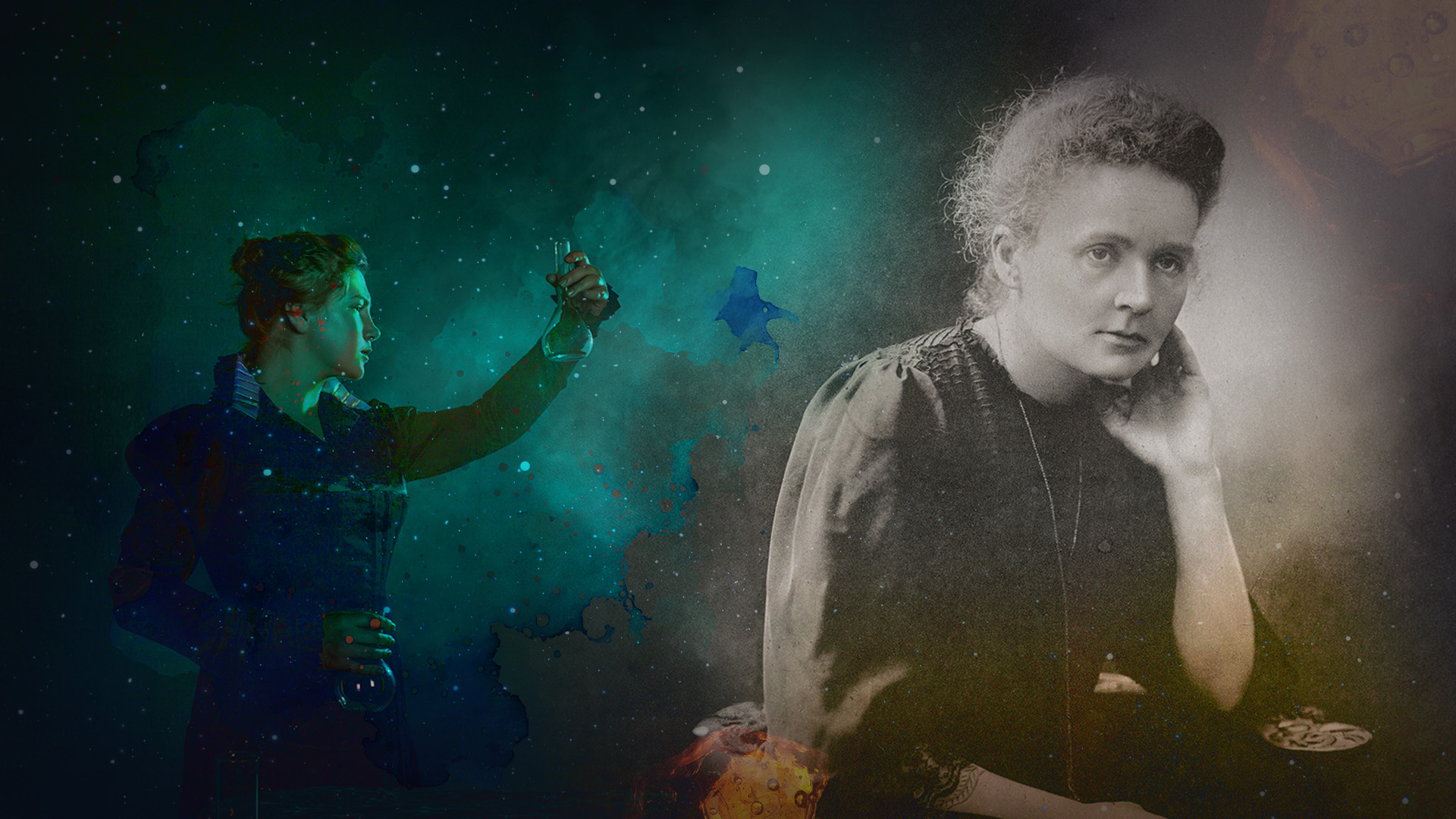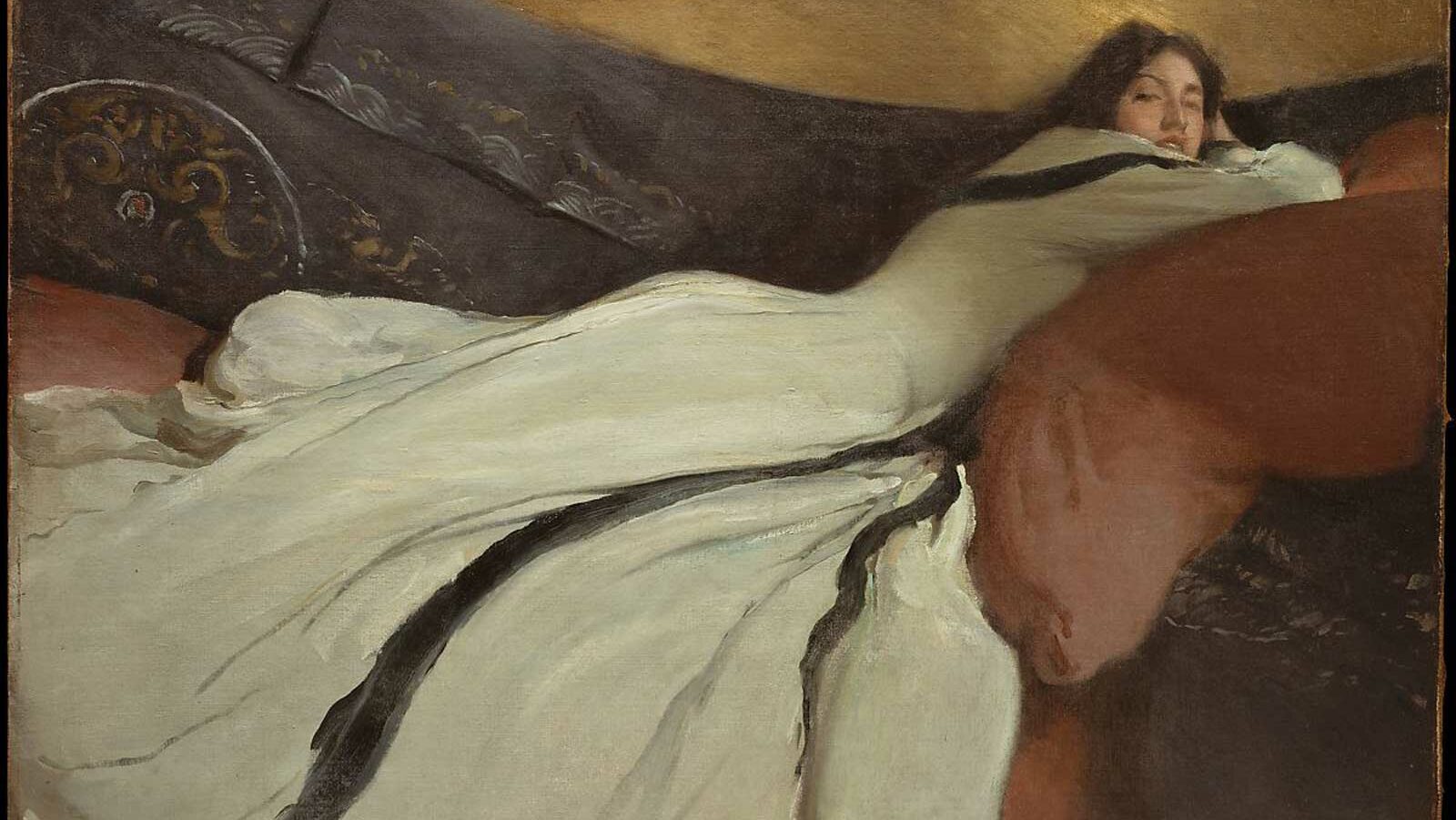Reading Time – 11 Minutes, Difficulty Level 1/5
Maria Skłodowska (1867-1934), more widely known today by her married name of Marie Curie, was the first woman to win a Nobel Prize. This exceptional female became an inspiration for generations of women who made their careers in in the fields of science, technology, engineering and mathematics. As a Polish-French physicist, and the only person to have achieved a Nobel Prize in two scientific fields, Curie’s ground-breaking work and resultant legacy have significantly contributed to shaping modern science.
Not only a woman of clear ambition and determination, she overcame social barriers and has become a world-renown feminist icon who has motivated women everywhere to work in STEM fields. Pioneering gender equality in science, Curie became a trailblazer and a catalyst for positive change throughout the world of science.

Image courtesy: Wikipedia
This article endeavours to explore the life and legacy of Marie Curie, the youngest of five children of school teachers with limited financial resources, a woman of unshakable determination, and unwavering courage. Not merely a scientist, Curie broke through the confines of gender norms, leaving an indelible mark in the realms of science and equality.
Through navigating the depths of the challenges she confronted, parallels to the obstacles still encountered by women in today’s scientific landscape will be unveiled. Curie’s legacy has illuminated the path for countless women in STEM, such as her daughter Irene Joliot-Curie, Dorothy Hodgkin, Rosaline Franklin, and Rita Levi-Montalcini.
Challenges in a Gender-Biased Era
Women in the late 19th century and early 20th century faced a myriad of challenges in the context of gender roles, societal expectations, and limited opportunities. Beyond the rigid social norms and limitations around what was considered appropriate behaviour and acceptable roles, women were often expected to prioritise marriage, motherhood, and homemaking over the pursuit of any career ambitions and their own interests.
Women had restricted access to higher education; a percentage of universities and colleges had quotas limiting the number of female students. Marie Curie confronted rejection from several universities, one most notably from the University of Warsaw in her native country, Poland, and was exceptional for her time. A woman ahead of the fundamental shift towards universal access to education, she had arrived decades before the University started to admit women.
Following this rejection Marie moved to Paris where she eventually attended the University of Paris (Sorbonne), as one of the twenty-three women to be enrolled, to continue her studies in physics and chemistry. Beyond gender discrimination, Marie struggled to secure financial funding, experienced isolation, and eventually after giving birth to her two daughters, found it difficult to balance the responsibilities of motherhood and her scientific pursuits. The many obstacles faced by her were overcome by sheer determination, leading Marie to become one of the most renowned scientists in history.
Landmark Achievements and Obstacles in Academia
Marie Curie received her doctorate degree in Physics in 1903, as the first woman to be awarded a PhD in France. Within the same year, her husband Pierre Curie, was nominated for the Nobel Prize but sent a letter to the nominating committee expressing that he wished to be considered for the prize together with his wife.
The couple then shared the Nobel Prize in Physics for their discovery of radioactivity. Marie was not merely a supporting figure in the endeavour for the Prize; she made significant contributions to the research and was responsible for isolating radium. Her relationship with her husband was intertwined with their collaboration and mutual support. The Nobel Prize improved life for the couple in academia, with Pierre becoming a professor at the University, and Marie becoming a teacher at the women’s college.
This gender difference in treatment demonstrated another disadvantage for women at that time as in spite of the couple’s incredible joint achievement the Sorbonne continued its policy of not awarding professorships to women. Only following the tragic loss of her husband did that basic inequality change when she was offered the position of her late husband’s teaching job; in 1906, Marie became the first female professor in the history of the Sorbonne.
Second Nobel Prize and Radiological Advancement
Marie Curie’s research into the molecular weight of polonium and radium led to her award in 1911 of the Nobel Prize in Chemistry, becoming the first person to win two Nobel Prizes. Her work in isolating pure radium through chemical processes was recognised at the highest scientific level.
Following her continued research on radioactivity, the Radium Institute was established in Paris and Warsaw as a leading research centre. The first textbook to describe treatments for cancer patients using radium was published in 1904. During World War I, radiology cars to bring X-ray machines to hospitals were designed by her and she also determined the necessary staffing and equipment for 200 permanent radiology posts in hospitals.
Marie included women as well as men in the training of radiologists and many lives were saved during the war through the actions of radiologists, including herself and daughter Irene working close to the front line.
Irene Joliot-Curie (1897-1956)
The daughter of Marie and Pierre, Irene continued her mother’s legacy of scientific study. Along with her husband Frederic Joliot, Irene Joliot-Curie conducted research on artificial radioactivity, which earned them the Nobel Prize in Chemistry in 1935. The couple’s research into atomic nuclei, utilising the polonium stocks of Marie Curie, allowed several key discoveries to be made.
They found that when aluminium samples were exposed to the alpha particle radiation of polonium, the aluminium also discharged alpha particles continuously even after the polonium was removed. This discovery of irradiating certain stable, non-radioactive elements into unstable, radioactive isotopes of other elements led to the commercialisation of artificial radioactivity, which would meet the growing demand for radioactive materials in scientific research and medical procedures.
Like her mother, Irene Joliot-Curie was a strong advocate for women in STEM. Through repeated applications to the French Academy of Sciences she was optimistic that attention would be drawn to the unjust policy of male-only admission. Regrettably, misogyny and the active exclusion of women were, at the time, common features of academic institutions around the world.
Dorothy Crowfoot Hodgkin (1910-1994)
The increased involvement of women in STEM has catalysed a broader movement towards greater diversity and inclusion. The natural progression has extended to include more under-represented groups, such as individuals with disabilities.
Dorothy Hodgkin, a British chemist, is known for her work in structural biology, influenced by the principles of Marie Curie’s early research on radiation. Utilising X-ray crystallography techniques, Hodgkin determined three-dimensional structures of biomolecules, including penicillin, insulin, and vitamin B12. Hodgkin was diagnosed with rheumatoid arthritis in her youth, gradually leading to severely restricted mobility, but despite her physical limitations, Hodgkin’s legacy as a disabled woman in STEM is a testament to her commitment to science, challenging perceptions, and expanding and encouraging greater inclusivity.
Rosalind Franklin (1920-1958)
Rosalind Franklin was an English chemist who made significant contributions to understanding the molecular structure of RNA and DNA. Her work on X-ray crystallography allowed for the discovery of the double helix structure of DNA; the principles of X-ray diffraction and crystallography established by Marie Curie indirectly influenced the use of X-ray crystallography techniques for Franklin’s discovery.
Franklin has received professional recognition globally for her work, with a total of 55 publications throughout her career on coals and carbons, DNA, and viruses. Even following her death, her role in the discovery of the structure of DNA gave rise to much publicity, with Francis Crick and James Watson claiming the 1962 Nobel Prize for Physiology or Medicine for their work on DNA structure, without having credited Franklin for her contributions.
Furthermore, Watson attempted to discredit Franklin’s character through his memoir ‘The Double Helix’. The interest and rebuttal generated only served to further publicise Franklin’s role in the discovery of DNA structure, martyring her as the feminist who was cheated of the Nobel Prize both by her colleagues and tragically by her early death.
Gerty Cori (1896-1957)
Gerty Cori was an American biochemist and the first woman to win a Nobel Prize in Physiology or Medicine in 1947. Her research in carbohydrate metabolism, more specifically, the elucidation of the enzymatic conversion of glycogen gained recognition for the award alongside her husband, Carl Cori, and colleague Bernardo Houssay.
The research is fundamental in the understanding of the genetic basis of glycogen storage diseases, as well as contributing to the field of enzymology. Whilst not directly influenced by Marie Curie’s work, the use of radioactive isotopes in order to label glycogen and trace its conversion to glucose helped elucidate the enzymatic processes of how the body stores and utilises energy.
The fields of research of Marie Curie and Gerty Cori may seem entirely distinct, however, the technique of radioactive isotope use was pioneered by Marie, and both women shared a commitment to advancing knowledge within their respective fields. In addition to increasing the prospects of a woman winning the Nobel Prize, the legacy of Marie Curie undoubtedly served as an inspiration for Gerty Cori’s novel work and the breakthroughs she achieved.
Rita Levi-Montalcini (1909-2012)
Rita Levi-Montalcini was an Italian neuroscientist who made ground-breaking discoveries regarding nerve growth factor (NGF), a protein critical for developing and maintaining nerve cells. She devised the theory that embryonic nerve cells proliferate, grow, and die, underlying the foundational concept of nerve cell death and earning her a Nobel Prize in Medicine or Physiology, thus becoming the fourth woman to receive a Nobel Prize.
As a feminist and Jew, she faced prejudice during Mussolini’s leadership of Italy, to which she attributed this award: “If I had not been discriminated against or had not suffered persecution, I would never have received the Nobel Prize”. Her work in understanding NGFs in the nervous system would have been aided by radiobiology, a field that emerged from Marie Curie’s research.
Levi-Montalcini’s achievements impress beyond the Nobel Prize; she founded the European Brain Research Institute in 2002, endorsed the importance of mast cells in human pathology, and in 2001 was appointed as a senator for life by the Italian President.
Curie’s Enduring Legacy
Marie Curie’s pioneering work and legacy have been inspiring for women in STEM in many ways. In shattering gender stereotypes and challenging the prevailing biases against women in STEM, she broke down barriers and demonstrated that women are capable of making ground-breaking contributions to science.
Her resilience to adversary and advocacy for women opened the path for scientists such as her own daughter, Irene Joliot-Curie, Dorothy Crowfoot Hodgkin, Rosalind Franklin, Gerty Cori, and Rita Levi-Montalcini. Whether man or woman, minority, or within a marginalised group, the increased global opportunities to pursue and succeed in careers in STEM, as well as more equitable representation within scientific institutions, can be attributed to a female Polish immigrant who had the audacity and unbridled determination to pursue her scientific passion.
Footnote: Among many honorary degrees from universities around the world and other awards and prizes, in 1931 Marie Curie was awarded the Cameron Prize for Therapeutics from Edinburgh University, the first woman to win this award.
References
Marie Curie – Biographical – NobelPrize.org
Madame Curie’s Passion | History| Smithsonian Magazine
Marie Curie: An Inspirational Woman for International Women’s Day | Europeana
The Nobel Prize | Women who changed science | Marie Curie
A revolution for feminism in France | Chem 13 News Magazine | University of Waterloo (uwaterloo.ca)
Irène Joliot-Curie – Wikipedia
The Nobel Prize | Women who changed science | Irene Joliot-Curie
Dorothy Hodgkin FRS – Scientists with disabilities | Royal Society
Dorothy Crowfoot Hodgkin – Biographical – NobelPrize.org
Biographical Overview | Rosalind Franklin – Profiles in Science (nih.gov)
The Nobel Prize | Women who changed science | Gerty Cori
Rita Levi-Montalcini – Wikipedia
The Nobel Prize | Women who changed science | Rita Levi-Montalcini
Finding the Good in the Bad: A Profile of Rita Levi-Montalcini – Scientific American

A former professional badminton player turned STEM enthusiast, Basia holds an MSc in Evolutionary Genetics from the University of Edinburgh.
She’s passionate about all things small, from genes to viruses and other microorganisms, and has a particular interest in viral recombination from a phylogenetic and phylodynamic perspective.








